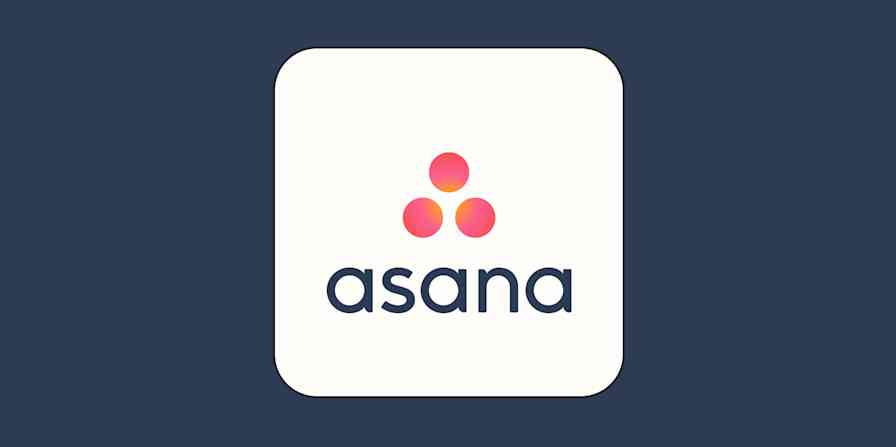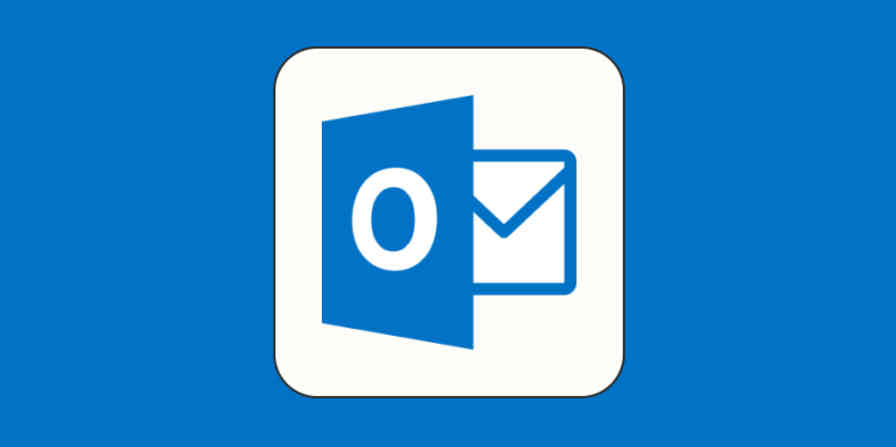Forms are everywhere. They’re essential to the way you send emails, make online purchases, contact companies, log onto WiFi networks, or perform dozens of other daily activities. For the most part, filling out forms is tedious and annoying, but you’re used to it. Forms are an everyday occurrence—something you use not because you want to, but because you have to.
Form software startup Typeform has set out to change that. The Barcelona-born company believes that everyday nuisance should instead be easy, human, and beautiful. No more scrolling through miles of input boxes or zooming in and out on mobile devices to put checkmarks in microscopic squares; Typeform wants you to forget you’re filling out a questionnaire or taking a quiz because you’re having so much fun doing it. So far, it seems to be working.
Every month, five million people around the globe fill out Typeforms across the web. In January, Typeform’s total form completion rate hit 59%. This means more than half of the five million people who visited a Typeform over those 31 days actually completed the entire form and submitted it.
But Typeform's high completion rates aren't accidental. Its new approach to form software is proof that good ideas can come from absolutely anywhere—even bathrooms.
Typeform: Born in a bathroom showroom
In 2010, soon to be Typeform co-founders David Okuniev and Robert Muñoz shared an office for their independent web design agencies, occasionally collaborating on projects. Muñoz was asked by a client to create an exhibition center display form for Roca, a modern, design-focused bathroom company.

To showcase their best products, Roca creates museum-like showrooms for potential clients to walk through. The showroom had a few iMacs installed on the wall, and Okuniev and Muñoz were tasked to create forms that would appear on the screens as potential clients passed by.
The two knew they couldn’t use a traditional form—the context demanded something special, something that would draw in bathroom aficionados. To fit Roca’s aesthetic, they created a clean, modern interface with large fonts and no frills. A cursor would appear on the screen, type out "What’s your name?", and then jump to the next line, inviting the viewer to type in their name.
It was simple, straightforward, and conversational. It was anything but a typical form.
After finishing the Roca project, Typeform’s co-founders were hooked on the idea of improving forms, and took it upon themselves to create a form builder that would flip conventions upside down. With a clear vision for what forms could become, Okuniev and Muñoz began pooling staff and resources from their individual businesses to collaborate on the Typeform project. In February 2013, they released a Beta version of their new take on form software.
One of the best services we’ve seen for designing and conducting different surveys.
AddictiveTips blog on Typeform
Two years since their genesis in a bathroom showroom, Typeform counts Airbnb, The New York Times, Red Bull, Sony Music and Adobe—to name a few—as clients. And along the way, the company has earned glowing reviews, too. "It’s one of the best services we’ve seen for designing and conducting different surveys in a no-frills manner," writes Waqas Ahmed of AddictiveTips.
Lessons from reinventing the form
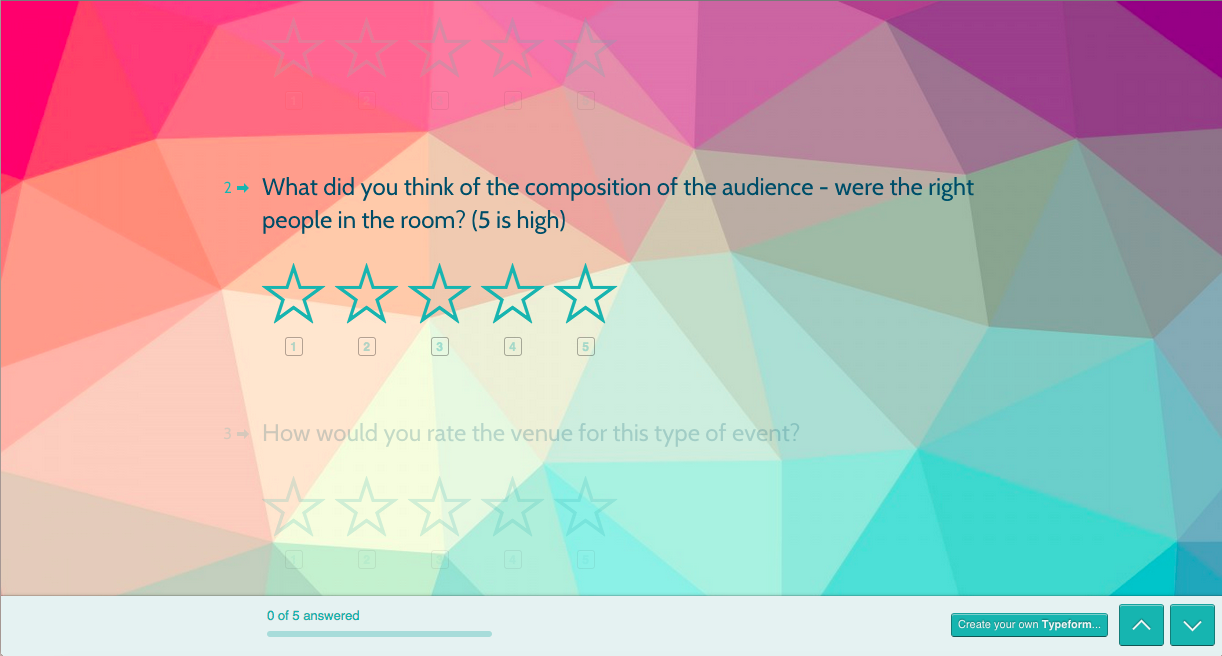
To go beyond Typeform's founding story and learn just how the young startup took a new approach, we spoke with Okuniev, the company's co-founder and product lead. Among his recounting of Typeform's early days and predicting of what's next for the company, he focused on six sometimes unconvential tactics that have helped his team achieve surprising success in a crowded market—online form software.
1. Don't listen to advice
Okuniev and Muñoz started making their version of form software with only the end product in mind. They weren’t interested in marketing or data analysis—they set out to create a beautiful product that made forms fun and easy. Confident about their vision, the co-founders ploughed through, without employing lean methodology or testing with a group of alpha users. They built their creation in a complete vacuum.
I don’t think the product would have gotten where it was if we did it collaboratively.
David Okuniev, Typeform co-founder
Today, the two believe that if they had listened to advice, they would have ended up recreating what already exists—boring, dysfunctional forms no one wants to finish. Much like the famous quote from Henry Ford when he said, "If I had asked people what they wanted, they would have said faster horses," the Typeform co-founders believed people could only imagine forms similar to ones they're used to. They instead wanted to do something totally different.
The Typeform duo didn’t want to be restricted in the amount of risks they took. They decided to approach forms with a clean slate, as if they had never existed before, tearing the very concept of a form apart to better rebuild it. Okuniev admits that their process was completely anti-democratic, but he’s confident that Typeform succeeded because of it.
"I don’t think the product would have gotten where it was if we did it collaboratively or relied on a community," Okuniev says. Other form apps already existed in droves, so how would Typeform be different if it were shaped by existing expectations?
2. Rethink conventions
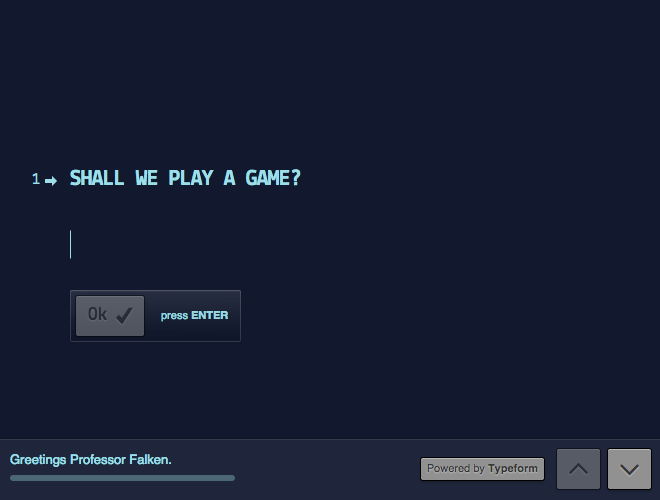
The co-founders knew they wanted the forms to be conversational. If they could create forms that drew people in and felt human, they were convinced they’d get better response rates. "Abandonment is a big issue, so that’s why we engage people in the process and make sure they get to the end," Okuniev says.
As interface designers, they knew making forms as clear and clean as possible was likely to draw attention and set them apart. So they drew inspiration from the question-driven computer interface of the 1983 movie WarGames. No input box, just a cursor and text. The Typeform logo—a cursor and the letter "t"—is a tribute to that original design.
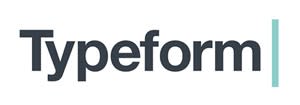
Focusing on one question at a time means filling out a Typeform is less like mindlessly filling out boxes and more like, say, answering text messages from a friend. Since Typeform uses fonts much larger than the average form, creators are encouraged to come up with questions that are straightforward, but also human. This can be achieved through touches of humor, or through a tailored tone that fits their brand.
Think about traditional forms in a human way: if someone asked you for personal information simply by barking out orders ("Sign here!") or one-word questions ("Name?", "Birthday?", "Address?") your inclination to answer might be shaky at best. That's why Typeform tries to make form questions feel more like real conversational questions. "If you engage people in form-filling, they’re also gonna give much better answers," Okuniev says.
Asking one question at time allows people to focus on the question at hand rather than having to scroll endlessly or wonder how many questions are still left on this required-for-work survey. "Previous" and "next" questions aren’t entirely unavailable though, they’re just faded out. If a user wanted to, they could scroll through the entire form or jump to the next question without answering it by using the "tab" key. This puts control back in the user’s hands.
How they choose to go about filling in the form is up to them. Typeform just strives to make the experience as intuitive and easy as possible.
3. Prioritize convenience
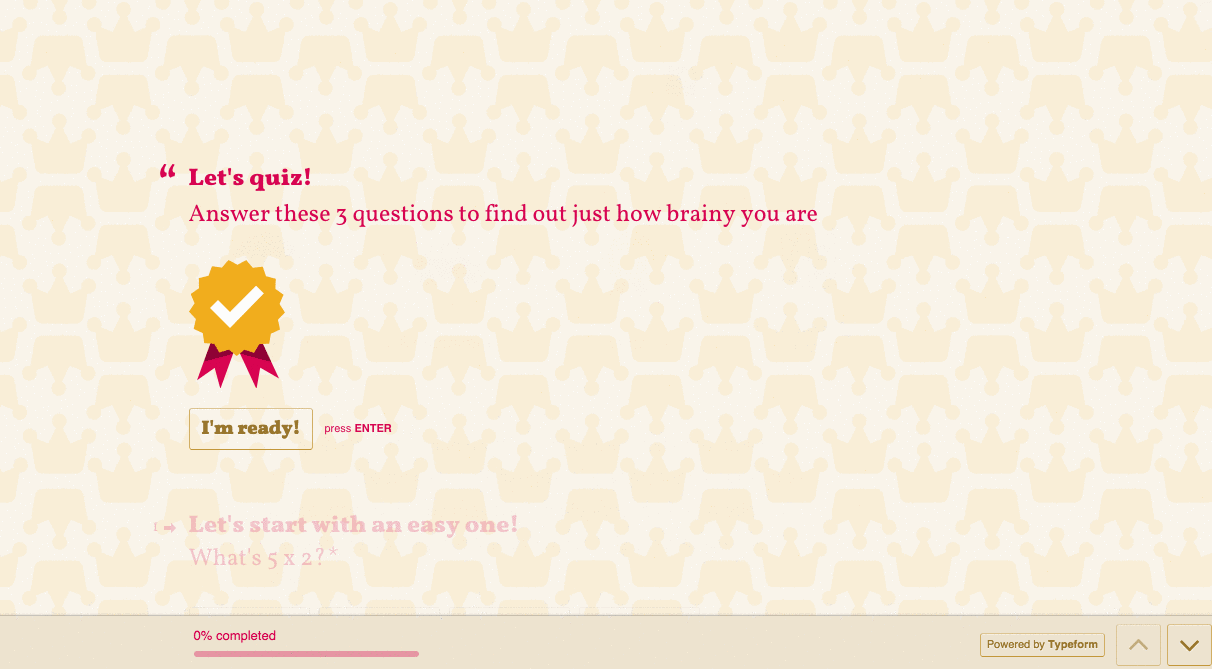
Typically, forms require a lot of back and forth between the mouse and the keyboard: click on an input box, move to the keyboard to fill in your name, then click to choose an option from a drop-down menu, then hit the "next" button. Typeform got rid of that. "It's just about making things as easy and painless as possible. It was a natural thing for Typeforms to be filled in on a keyboard without touching the mouse," Okuniev says.
To do so, Typeform relies on keyboard shortcuts, like typing in the letter "Y" for yes, or "N" for no. Ratings are answered by entering the corresponding number, like "5" for five stars, and answers to multiple choice questions are all attributed to letters. Submitting an answer is as simple and straightforward as hitting the "Enter" key. As soon as the current question is answered, the form advances to the next question. This saves respondents the hassle of bouncing back and forth between mouse and keyboard.
4. Don’t touch what works
From the beginning, Typeform knew it wanted to focus on one specific thing: making forms more conversational, fun and attractive. Okuniev and Muñoz were convinced that forms needed an overhaul not just to look good—but to increase in functionality and in completion rates. That’s why Typeform places a sharp focus on the usability of the form—and letting that work speak for itself.
Since the company introduced the initial version in 2013, Typeforms themselves haven’t changed much. Typeform's team finds that what they’ve done just works—and they don’t want to change something users are becoming accustomed to.
Their design experience also led them to see possibilities for filling out forms that don’t exist anywhere else. Typeform has introduced interactive, infographic ways to answer questions. This blurs the line between a form and a website and attempts to make the user forget that he is completing a typically tedious task. Instead of filling in bullet points to represent your level of satisfaction, a Typeform might have you filling out hearts or crowns. Instead of choosing a profession from a drop-down menu, a Typeform might have you select icons representative of your job.

Small details make a big difference in the user experience. Because Typeforms aren’t bound by standard form conventions, they can also contain GIFs, photos, and videos. Typeform wants to provide form creators with as many tools as possible to create forms that fit their brand, please their audience, and correspond with the tone they typically use.
5. Keep experimenting
Typeform has succeeded in creating a product that people love—for proof, see the #AskAwesomely hashtag on Twitter—with exactly $0 spent on traditional marketing. But they didn’t stop there. Part of Typeform’s success lies in its novelty—the fact that no other forms looks like Typeforms. To keep improving, Typeform can’t just be pretty and fun, it has to constantly push the envelope in terms of what forms can do.
Now that they’ve established themselves as a dependable form app, they introducedTypeform I/O. In layman’s terms, it’s a rendering service for developers to create forms on the fly, by using programming rather than going through a wizard. The idea is to push the Typeform concept of making forms as relatable and personalized as possible to an even greater level.
"Ever since we released the I/O beta, we knew this was the way we wanted to go once we’d established and proven our concept," explains Okuniev. "We’ve gotten to the point where people actually want to do more with Typeform and integrate Typeforms into their workflows."
Since they pride themselves in innovation and changing the form industry, Typeform I/O isn’t the only thing they’re working on. Typeform is also faced with the challenge of imagining how to make forms usable on tiny screens as wearable technology and smart watches become more prevalent.
"Forms weren’t designed with mobile devices in mind, let alone wearables. This is why we need to rethink the way (they) work," Okuniev says. Think forms are annoying to fill out on a smartphone? Think about filling them out on a smart watch—now that’s frustrating.
Okuniev says Typeform is an interface company, not a mobile company. "If Typeform was here in ten years where we have interfaces on our contact lenses, then that’s where Typeform would be," he says. But how do you fill out a form on a contact lens? That’s exactly what they’d need to figure out.
6. Let your work speak for itself
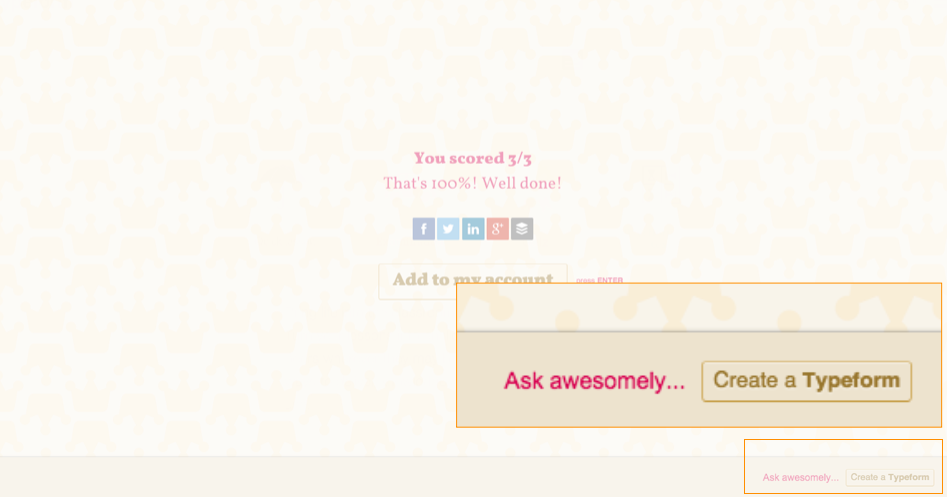
Okuniev is a firm believer in showing the person filling out the form that effort has been put into its creation. Not only does it improve the user experience, it increases brand loyalty. It also generates a whole lot of new Typeform users. We’re so conditioned to believe that forms should be tedious and boring that arriving on a Typeform is like a breath of fresh air. Typeform knows that, and they’ve capitalized on it.
Okuniev says that 50% of signups are attributed to the button on the lower right-hand corner of the screen that reads, "Create your own Typeform." "Millions of people a month are arriving on Typeforms and they think, ‘Cool, I want to make one!’ and they just click on the button," Okuniev says.
7. Second-guess yourself
Okuniev’s biggest piece of advice for starting a company is simple: second-guess yourself. Think long and hard about the value of your product. "If you don’t have the mettle to innovate, then maybe you should think twice about entering a crowded market," he says.
If you don’t have the mettle to innovate, then maybe you should think twice about entering a crowded market.
David Okuniev, Typeform co-founder
In a saturated market like form software, competing by copying what already exists likely would have been fruitless. Typeform set out to produce something that users didn’t even know they wanted, because nobody had made it yet.
"It’s all about finding your unique selling point," Okuniev says. Determining what makes your product different enough to provide new value to the user is a factor in success. For Typeform, that meant honing in on usability, human touch and a beautiful design. It meant reinventing a decades-old technology to create a product that doesn’t look like anything else on the market, and then continually expanding it to maintain uniqueness.
Related: Typeform users rely on Zapier to integrate form software with the app of their choice, such as MailChimp, Google Sheets, and Trello.
Create Mailchimp subscribers from new Typeform responses
Get email notifications or send follow-ups to new Typeform respondents
For more integration ideas, see: 6 ways to simplify critical business processes with Typeform.
Credits: Photos courtesy of Typeform.


